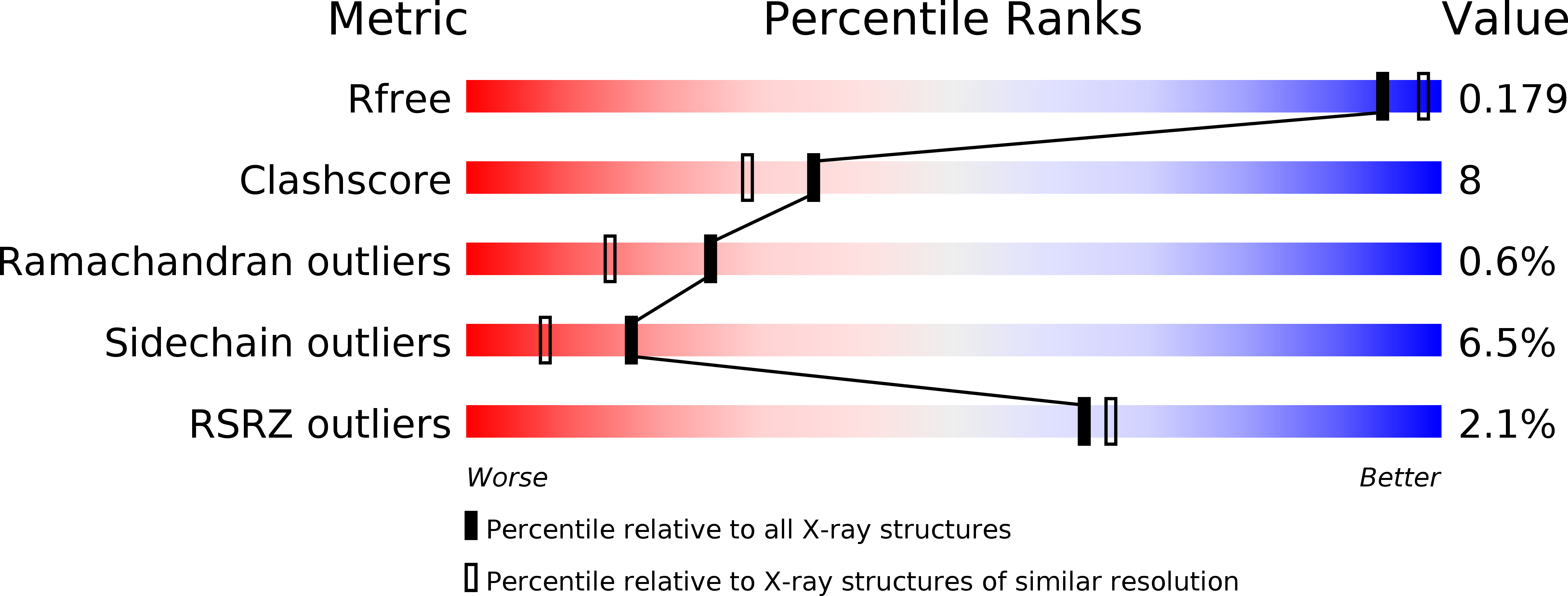
Deposition Date
2000-02-24
Release Date
2000-10-04
Last Version Date
2024-02-07
Entry Detail
PDB ID:
1EI5
Keywords:
Title:
CRYSTAL STRUCTURE OF A D-AMINOPEPTIDASE FROM OCHROBACTRUM ANTHROPI
Biological Source:
Source Organism:
Ochrobactrum anthropi (Taxon ID: 529)
Host Organism:
Method Details:
Experimental Method:
Resolution:
1.90 Å
R-Value Free:
0.19
R-Value Work:
0.16
Space Group:
P 41 21 2


